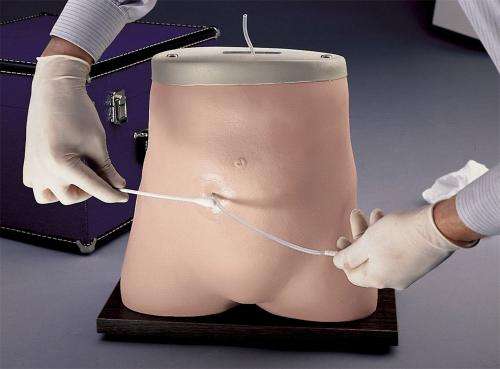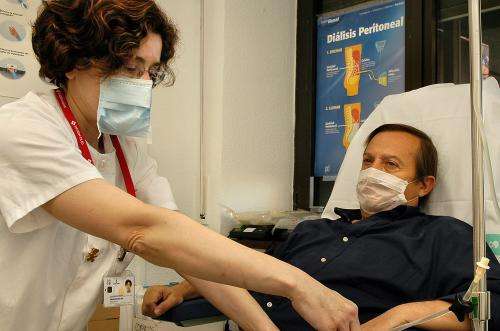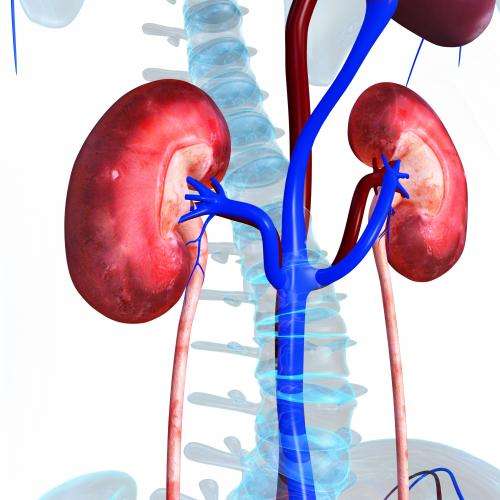Young researcher designs protector for people with Peritoneal Dialysis

A lack of comfortable products for the safety of patients requiring peritoneal dialysis, administered to clean waste products from the blood when the kidneys fail, drove a student of the Higher Technological Institute of Choapas, Veracruz in the east coast of México, to develop an ergonomic support allowing catheters inserted through the abdominal wall to remain in place and protected from the invasion of microorganisms.
"The support, called DIAL, is a type of belt manufactured with cotton and lightweight materials that prevent moisture retention and accumulation of bacteria, as well as being comfortable for skin contact," says Adriana Rodríguez Chan, leader the project.
She explains that the idea for the protector belt was born of the need to provide support to a sector of the population that has not been taken into account, people with kidney failure receiving peritoneal dialysis.
"While visiting different hospitals, we saw that many people have the catheter out or sometimes being supported with the belt buckle, which is very dangerous, because it involves a high risk of injury and infection," she notes. She adds that she has family requiring such treatment who could not find a safe, comfortable product to cover and hold the catheter in place.

After creating the ergonomic support DIAL and verifying its effectiveness in patients, Rodríguez Chan wants her company to be nationally recognized in the distribution and sale of materials for the protection and safety of patients with renal insufficiency. In this regard, she stresses that the product is unique in the market, economic and its mass production will help to create new jobs.
Notably, peritoneal dialysis, in addition to cleaning the blood of waste products, removes extra fluids and controls the body's chemistry, using one of the body's natural filters, the peritoneal membrane lining the abdomen.

Once the catheter is inserted in that area, across the abdominal region, it is filled with a solution. The waste and extra fluid from the blood are filtered through the peritoneum and collected in the solution, which must remain for 30 to 45 minutes inside the body. An n average of four to five exchanges of solution are required per day, resulting in the ergonomic DIAL being very helpful for patients.
















